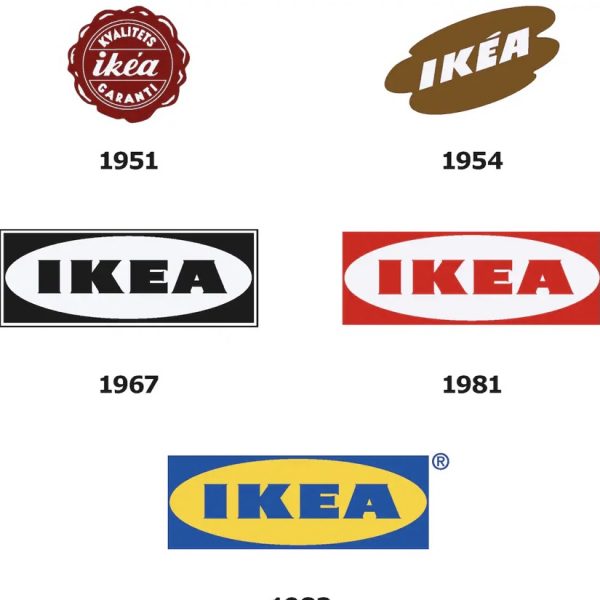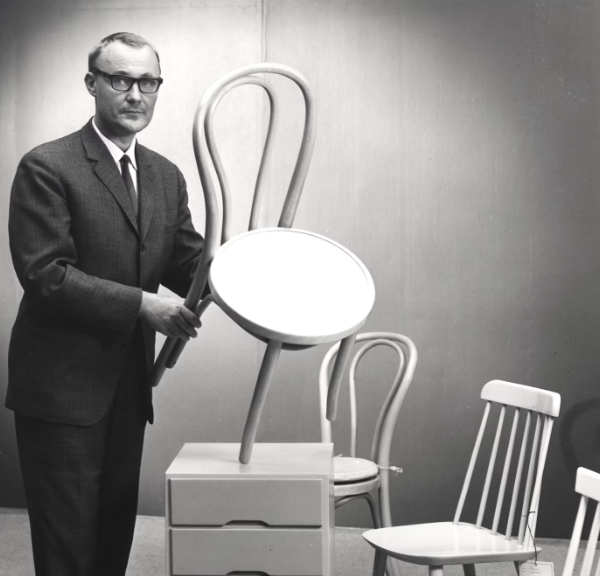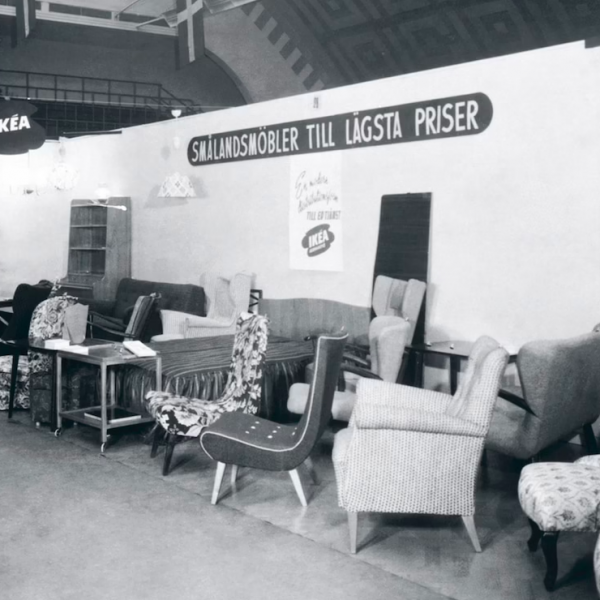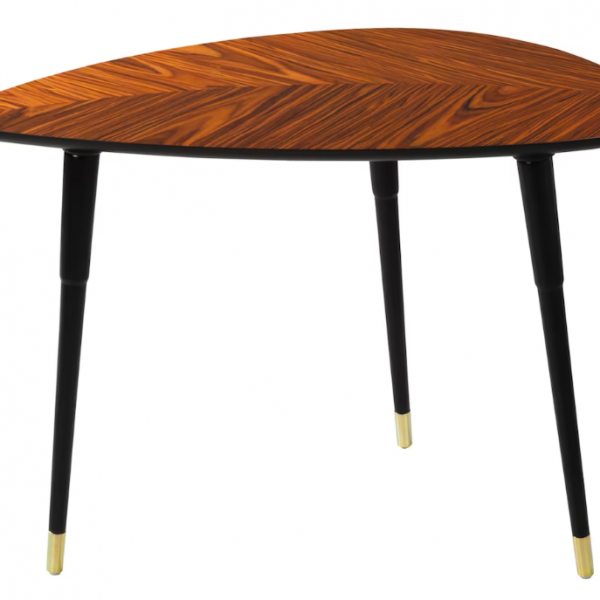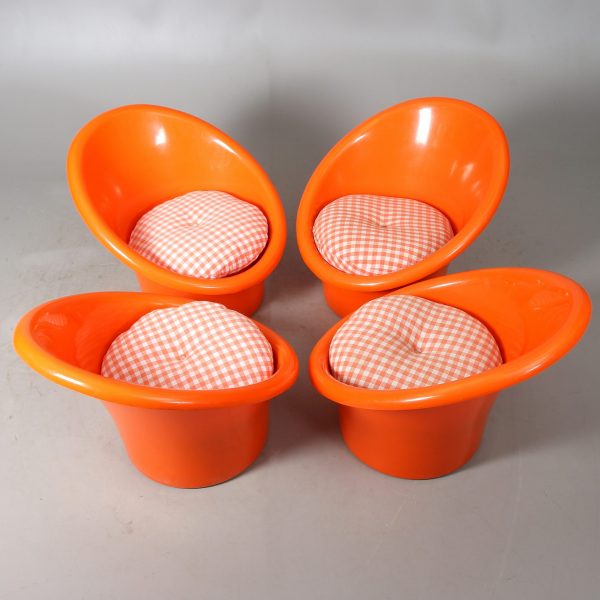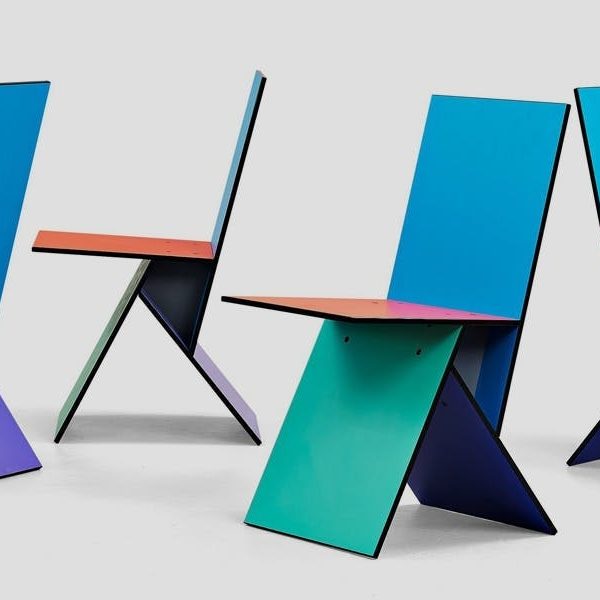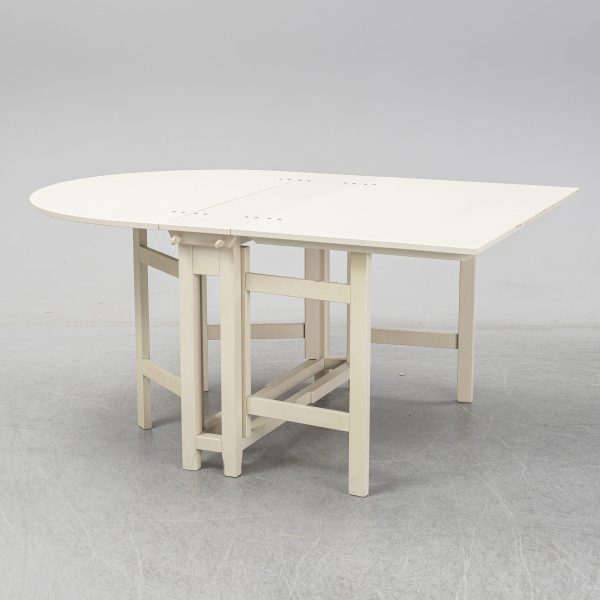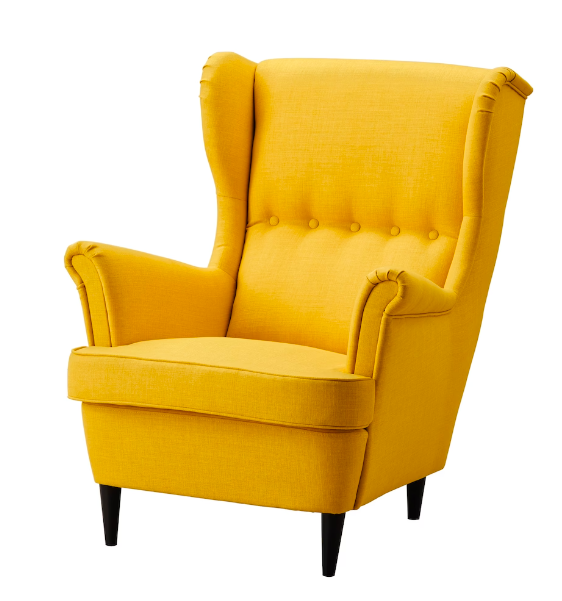
fast-food furniture
There are four well-known facts about IKEA. First, the company is Swedish. Second, almost everyone has at least one piece of their furniture at home. Third, no visit to the IKEA store is complete without stopping by its restaurant for hot dogs or meatballs. Fourth, legend has it that someone once entered an IKEA store and bought only what he originally planned to buy, without additional bags (of course the famous blue ones), napkins, bowls, candles, pillows and other indispensable home products.
IKEA is probably the most recognizable furniture brand in the world, with almost 400 stores in 30 countries. But what’s responsible for the company’s enormous success, what is its history, and who’s behind it? Let’s find out!
The history of the brand’s founding reads like a Hollywood script. The founder was a seventeen-year-old, Ingvar Kamprad. In 1943, the entrepreneurial Swede started selling haberdashery, frames and small furniture, over time narrowing his focus down to interior design. His goal was to sell furniture accessible to everyone, which of course required low prices combined with durability and a simple, functional design. At the time of the brand’s creation, the Swedish periphery was struggling with the problem of low wages and the unavailability of basic goods.
The country’s harsh landscape influenced not only the style of the furniture, but also the way it was distributed. In 1951, Kamprad was the first to introduce a catalog showcasing available products – something that’s considered a standard marketing practice today. The catalog format was to facilitate shopping for those who lived in distant and less accessible locations. However, potential customers were skeptical about buying cheap furniture for fear of compromised quality. To convince them otherwise, in 1958 Kamprad opened the first ever IKEA showroom where one could not only touch the furniture but also have a sneak peek at the entire arrangements of interior design.
But simplicity, accessible prices and functionality are not everything. How to efficiently and safely deliver products to a new owner? Necessity, as always, is the mother of invention! In 1956, during the transport of what is now IKEA’s flagship product, the LÖVET table, one of the employees came up with the idea of … unscrewing the legs from the table top. This gave rise to packing disassembled furniture into flat boxes for easy transportation.
IKEA grew rapidly, gaining more and more regular customers. This did not appeal to local entrepreneurs who started to boycott the brand. They were followed by panicked suppliers who stopped cooperating with the emerging giant. To save the business, Kamprad had to find a way out. And so in the 1960s, cooperation with a factory in the Polish town of Radomsko saved the fate of IKEA!
The brand, which will be celebrating its 80th anniversary next year, has had a fair share of ups and downs along the way. In the 1990s, the founder became the protagonist of a scandal when his youthful collaboration with a Nazi group was revealed. It is true that Kamprad expressed remorse and donated a considerable sum to Jewish organizations, but the distaste remained.
In dozens of catalogs, we can see countless projects that have become iconic over time. Over the years, IKEA has partnered design stars such as Verner Panton (an icon of Danish design) or Ingegerd Råman (a famous Swedish ceramics and glass designer).
Some people love IKEA, others view it as fast-food furniture, but it is in their showrooms that the latest trends resonate and they provide comfortable and inexpensive equipment for students, young families or aficionados of simple design and frequent relocations. It is precisely the unitarity and universality that are behind the company’s success. And finally the name: to the initials of its owner, let’s add the first letter of the name of the farm he grew up on – Elmtaryd, and then the town where it was located – Agunnaryd, and that’s how we arrive at the name, IKEA.
transl. Jakub Majchrzak


